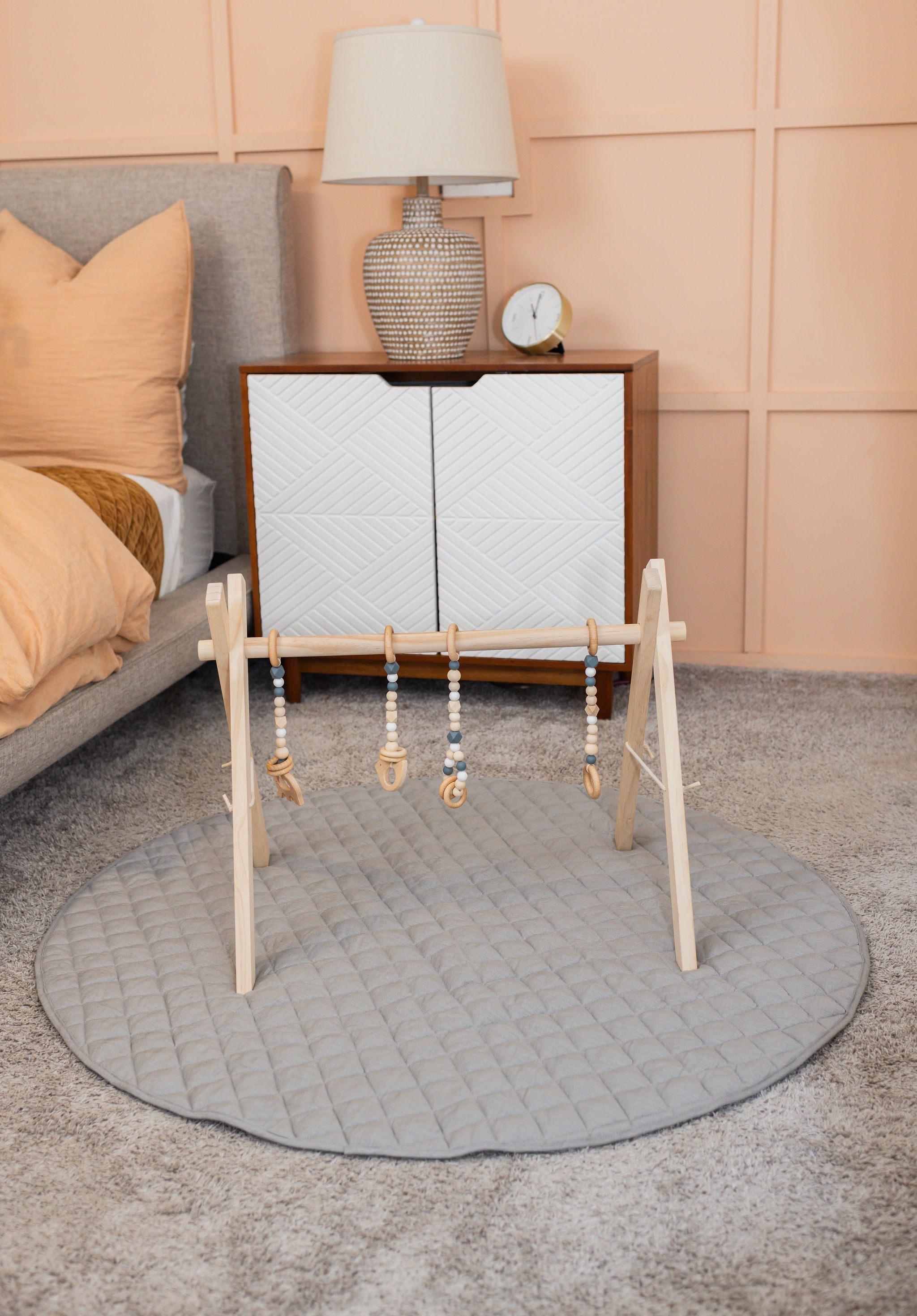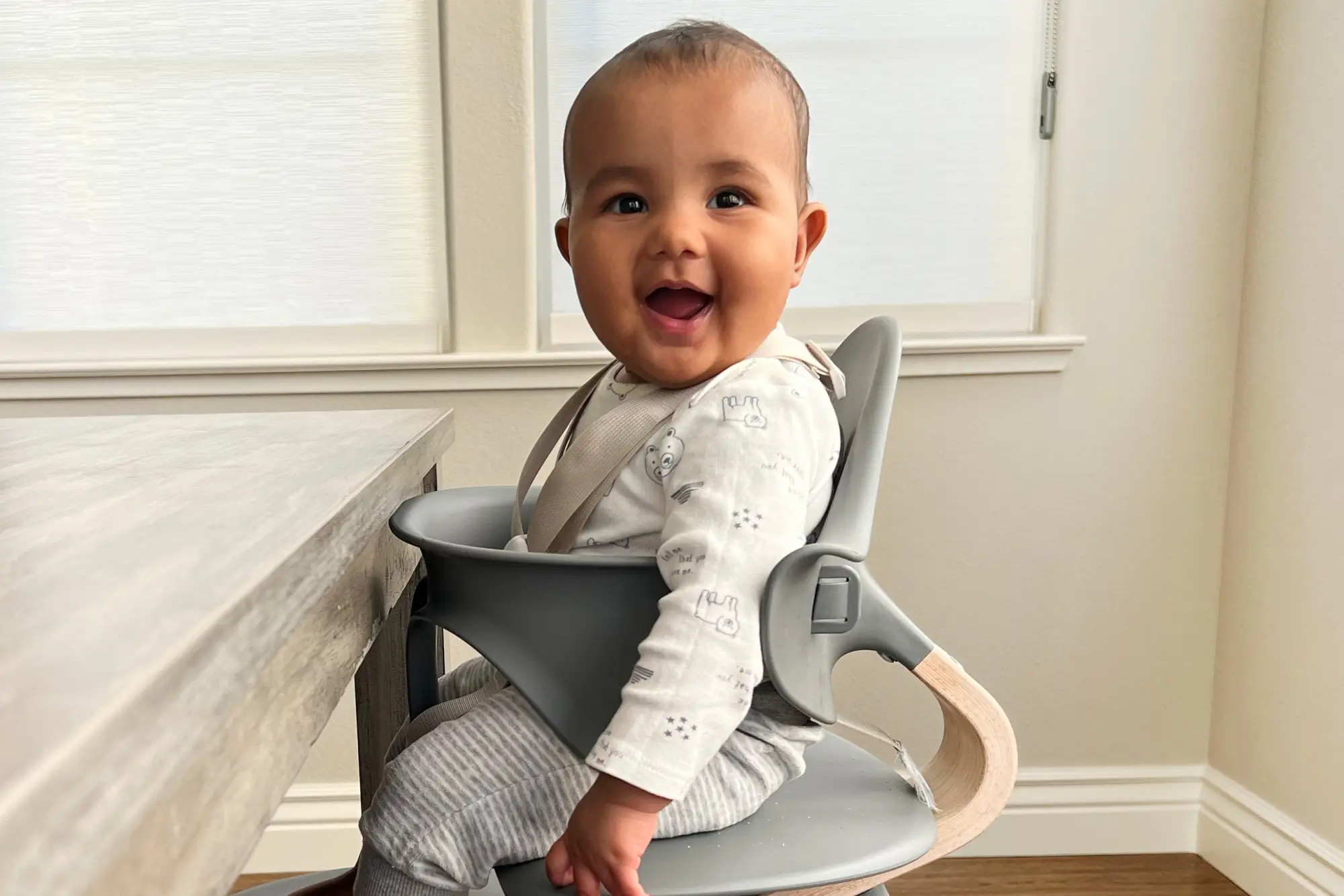When can infants use pillows? Pillows are not recommended for infants, as they can increase the risk of sudden infant death. Experts suggest waiting until the child is over two years old to introduce a pillow.
Introducing a pillow to an infant is a significant concern for many parents. It’s crucial to prioritize your baby’s safety and well-being. Understanding the appropriate time to introduce a pillow can help ease your concerns and ensure your little one’s comfort.
Let’s explore the factors to consider, guidelines from experts, and practical tips for introducing pillows to infants. By the end, you’ll have the information you need to make informed decisions about when to incorporate pillows into your baby’s sleep routine.
When Can Infants Use Pillows?

Why Do Infants Need Pillows?
Pillows play a vital role in supporting an infant’s sleep needs. Here’s why they are essential:
Supporting Proper Sleep
In the early stages of infancy, pillows are crucial in supporting proper sleep position and comfort. A well-designed infant pillow provides the right elevation to help maintain a healthy sleeping posture, preventing discomfort and ensuring uninterrupted sleep.
Promoting Comfort And Security
Infants need pillows to create a sense of comfort and security. The soft padding of a pillow can help them feel snug and cozy throughout their sleep, promoting a feeling of safety and well-being.
When Are Pillows Safe For Infants?
When Are Pillows Safe for Infants?
When it comes to using pillows for infants, safety is of the utmost importance. It’s crucial for parents to be aware of the recommended age and important developmental milestones before introducing pillows to their little ones.
Recommended Age
According to experts, it’s recommended to wait until infants are at least two years old before introducing pillows into their sleeping environment. This age is considered safe as it aligns with important developmental milestones and reduces the risk of Sudden Infant Death Syndrome (SIDS).
Important Developmental Milestones
- Neck Strength: Infants need to develop adequate neck strength to support the use of a pillow.
- Motor Skills: Successful use of a pillow also depends on the infant’s ability to reposition themselves during sleep, showcasing advanced motor skills.
- Rolling Over: When the infant can safely roll over on their own, it may indicate readiness for the introduction of a pillow.
Signs Your Infant Is Ready For A Pillow
Experts advise against using a pillow for infants due to safety concerns. It is recommended to wait until the child is over two years old before introducing a pillow for sleep.
Improved Neck Strength
One of the signs that your infant may be ready for a pillow is improved neck strength. As babies grow and develop, their neck muscles become stronger, allowing them to hold their head up without support. This increased neck strength is an indication that your baby is ready to graduate from lying flat on their back to using a pillow.
Stable Sleep Position
Another sign that your infant may be ready for a pillow is if they have developed a stable sleep position. As babies grow and become more aware of their surroundings, they may start to shift their sleeping position during the night. If you notice that your baby consistently sleeps in a specific position without disturbing their sleep or causing discomfort, it may be a good time to introduce a pillow to provide some extra comfort and support.
Transitioning To A Toddler Bed
Transitioning from a crib to a toddler bed is a big milestone for infants. This transition often occurs between 18 months and 3 years of age. When your baby moves to a toddler bed, they no longer have the crib bars to prevent them from rolling off the bed. Introducing a pillow at this stage can help create a cozy and secure sleeping environment, ensuring your little one stays comfortable throughout the night.
In conclusion, it is important to recognize the signs that your infant is ready for a pillow. When their neck strength has improved, they have a stable sleep position, or they are transitioning to a toddler bed, it may be appropriate to introduce a pillow for added comfort. However, always consult with your pediatrician to ensure that using a pillow aligns with the safety guidelines for your baby’s age.
Choosing The Right Pillow For Infants
Infants should not use pillows before the age of 2 as it can pose a risk of sudden infant death syndrome (SIDS). Instead, provide a firm mattress and fitted sheet, ensuring the sleeping environment is free from hazards. Prioritize safety over comfort during the first two years.
Considerations For Safety
When it comes to choosing a pillow for your infant, safety should be your top priority. Infants have delicate bodies and need extra care to avoid any potential hazards. Here are some important safety considerations to keep in mind when selecting a pillow:
- Ensure that the pillow is hypoallergenic to minimize the risk of allergies or respiratory issues.
- Look for pillows made from breathable materials that promote better airflow, reducing the chances of overheating.
- Avoid pillows with loose fillings or small parts that could pose a choking hazard.
- Choose a pillow with a firm surface to provide adequate support for your baby’s head and neck.
Materials And Construction
The materials used in the construction of an infant pillow are crucial for ensuring comfort and safety. Opt for pillows made from organic, non-toxic materials to minimize exposure to harmful chemicals. Common materials to look for include organic cotton, bamboo, and hypoallergenic polyester fillings. Remember, the pillow’s construction should be seamless with no exposed stitching or tags that could irritate your baby’s delicate skin.
Proper Size And Firmness
The size and firmness of the pillow are essential factors to consider when choosing the right one for your infant. The pillow should be small enough to fit within the crib or bassinet without leaving any gaps. This ensures that your baby’s face won’t become buried in the pillow while sleeping. Additionally, the pillow should be firm enough to provide proper support for your baby’s head and neck, reducing the risk of suffocation.
In conclusion, choosing the right pillow for infants requires careful consideration of safety, materials and construction, as well as size and firmness. By prioritizing these factors, you can provide your baby with a comfortable and safe sleeping environment. Remember to consult with your pediatrician for specific recommendations or if you have any concerns.
Tips For Safe Pillow Use With Infants

When it comes to using pillows with infants, it’s important to remember that it should always be under supervised use only. Infants have limited head and neck control, which means they may not be able to move their heads if their face becomes buried in a pillow. To ensure their safety, parents or caregivers should closely monitor their baby when using a pillow and remove it if there are any signs of discomfort or risk.
When introducing a pillow to an infant, positioning and placement play a crucial role in ensuring their comfort and safety. It is important to place the pillow in a way that supports the natural alignment of the baby’s head and neck. The pillow should be placed flat on a firm and stable surface, such as a crib mattress, and positioned under the baby’s head, not under the shoulders or back. This helps to avoid any potential breathing difficulties or discomfort.
To maintain a safe and hygienic sleeping environment for your infant, it is essential to practice regular cleaning and maintenance of their pillow. Infants are prone to drooling, spit-ups, and other messes, which can accumulate on the pillow surface over time. It is recommended to use a pillowcase that is easily removable and machine washable. Additionally, check the pillow for any signs of wear and tear and replace it if needed. By keeping the pillow clean and well-maintained, you can ensure your infant is sleeping in a healthy and comfortable environment.
Conclusion
It is important to prioritize your baby’s safety when it comes to introducing a pillow. Experts recommend waiting until your child is over two years old before using a pillow for sleep. Using a pillow too early can increase the risk of sudden death during infancy.
It is always best to follow the guidelines set by the American Academy of Pediatrics and Consumer Product Safety Commission to ensure your baby’s safety. Remember, your baby’s comfort and safety should always come first.

